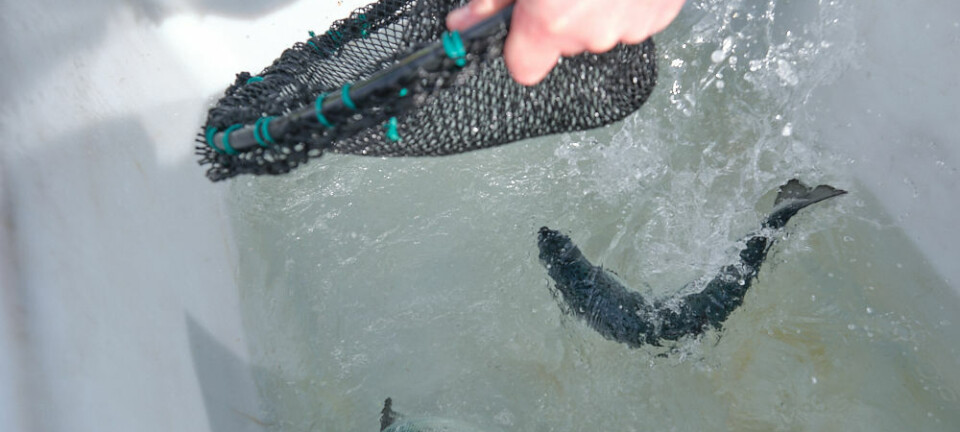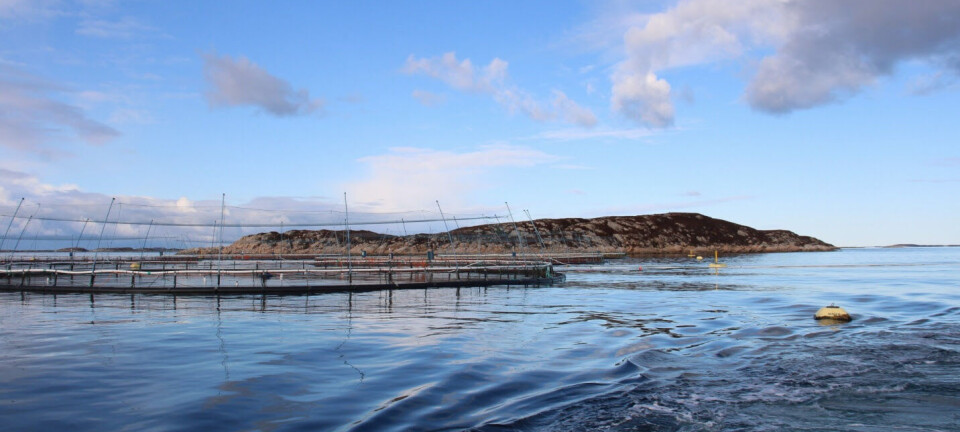
Canadian salmon farming sector slashed antibiotic use in 2023
Canada’s salmon farming sector almost halved antibiotic use in 2023 compared to the previous year, a "sustainability report card” from the Canadian Aquaculture Industry Alliance (CAIA) shows.
Salmon farmers used 0.036 kg (36 grams) of active ingredient per tonne of live weight fish produced, down from 0.065 kg in 2022.
The CAIA said vaccines and advanced veterinary health management practices enabled the near-50% reduction.
85% survival in the sea
Fish survival in the marine environment in 2023 was 85%, up from 83% in 2022, and there were eight fish escape incidents that released a total of 1,246 fish. This compares to 13 escape incidents (110 fish) in 2022.
The percentage of fish meal and fish oil in feed coming from certified sustainably managed compliant fisheries increased from 92% in 2022 to 97%.

These results show companies have improved the standard of salmon farm sustainability overall in Canada.
“Aquaculture farmers know that growing food for Canadians must be environmentally, socially, and economically sustainable,” said CAIA president and chief executive Tim Kennedy.
“These results show salmon farming companies have adopted science-based methods that have improved the standard of salmon farm sustainability overall in Canada. Moreover, the results clearly reinforce that ocean farming, innovation, increased production and job creation need to be supported by governments to build investor confidence.”
A “transition” policy put in place by former prime minister Justin Trudeau has in recent years led to the arbitrary closure of several open net pen salmon farms in British Columbia, with the remaining 70 or so facing closure by mid-2029, ostensibly to protect wild Pacific salmon populations.
Minimal risk
The CAIA points out that assessments by Fisheries and Oceans Canada, the sector’s federal regulator, have consistently found that the farmed salmon sector poses no more than minimal risk to wild salmon, and the companies have followed all Canadian laws and regulations.
“Canada has the most cold-water aquaculture potential in the world. We can be a global leader but, to build Canada strong, this opportunity needs to be realised,” said Kennedy.
“Right now, there is a window for Canada to re-set policy to embrace the seafood farming sector as part of the fabric of a competitive, innovative and sustainable Canadian agriculture and agri-food sector and protect Canadian workers and the over 3,000 supplier companies to the sector. We are ready to build and grow a future of sustainable and secure food production and dynamic coastal communities.”
Committed to improvement
Kennedy said that while the sector was proud of its progress, it is committed to pursuing improvement in practices and technology.
“With the right regulatory environment and a pathway to unlock investment in innovation, we will continue to advance the sector’s performance, responding to challenges and ensuring a healthy, secure, and high-quality Canadian source of food for all Canadians,” he concluded.























































